This article was co-authored by Daniel Barrett, MD. Dr. Daniel Barrett is a Board Certified Plastic Surgeon and the owner of Barrett Plastic Surgery based in Beverly Hills, California. With over six years of plastic surgery experience, Dr. Barrett specializes in aesthetic and reconstructive surgery of the face, nose and body. He has developed detailed scar management protocols and closure techniques to reduce the appearance of scars for his patients. Dr. Barrett obtained a BS from James Madison University and an MD along with an MS in Physiology and and an MHA (Masters of Health Administration) from the Medical College of Virginia in Richmond.
There are 8 references cited in this article, which can be found at the bottom of the page.
This article has been viewed 50,983 times.
Surgically removing fat in your belly area is a common cosmetic procedure. There are two types of surgeries for removing belly fat: liposuction and a tummy tuck. Though these procedures are invasive, the recovery time is usually minimal. Select the right surgical procedure for you and prepare for the surgery so it goes well. Make sure you take the necessary time to recover after the surgery so you can heal properly.[1]
Steps
Selecting the Type of Surgery
-
1Get liposuction if you are close to your ideal body weight. Liposuction is a procedure where fat is removed from your belly with minimal incisions to the area. This option is best if you are in good health, not actively losing weight, and within 25 pounds (11 kg) of your ideal body weight. You may have fat deposits that have not gone away, despite good diet and exercise.[2]
- Liposuction is a good option if you have not had any children or major weight changes. Your skin will need to be reasonably tight for the procedure to work.
-
2Go for a mini tummy tuck if you have a small amount of excess skin and fat. A mini tummy tuck will tighten the skin and abdominal muscles below your belly button. It is less invasive than a full tummy tuck.[3]
- A mini tummy tuck is also a good option if you do not want have your belly button reconstructed, which must be done for a full tummy tuck.
Advertisement -
3Get a full tummy tuck if you are further from your ideal body weight. A fully tummy tuck is a good option if you have a lot of excess skin and fat you want to remove. It is also ideal for women who have had children and want to remove excess post-pregnancy fat.[4] In a tummy tuck, your abdominal muscles will be tightened from just below your breasts to your pubic hair line.[5]
- A fully tummy tuck is the most invasive option for surgically removing belly fat. It requires significant recovery time, which can be painful. It will also leave a scar from hip to hip.
-
4Consult with a certified plastic surgeon. Look up the plastic surgeon online to confirm they have positive reviews and testimonials from other clients. Make sure they are certified by the American Board of Plastic Surgery or an official board of plastic surgeons. Set up a consultation with them where you can discuss the right surgery for you.[6] [7]
- If you have friends or family who have gotten plastic surgery, ask them for a referral for their plastic surgeon.
Preparing for the Surgery
-
1Discuss the procedure with the surgeon. Meet with them face to face to discuss the procedure before you agree to it. The plastic surgeon will examine your belly to confirm you are a good candidate for the surgery. They will go over your medical history to ensure you are not at risk of complications due to the surgery.[8]
- The surgeon will also tell you the total cost of the procedure. The cost of liposuction can range from $2,000 to $3,500 per treatment. The cost of a tummy tuck can range from $3,000 to $12,000.
-
2Adjust your diet and lifestyle before the surgery. Two weeks before the surgery, stop taking aspirin and any medications or vitamins that could interfere with your body's ability to clot your blood. Stop smoking at least two weeks before the surgery.[9]
- The day before the surgery, pack loose, comfortable clothing and get a good night's sleep. Make sure you arrange for a ride home after the surgery.
- The day of the surgery, do not eat or drink anything six hours before the surgery time.
-
3Allow the surgeon to perform the surgery. You will be under general anesthesia during the surgery. The surgeon will remove fat deposits in your belly area with a series of small incisions. They will also use a medical vacuum to suck out the fat deposits.[10]
- A full tummy tuck will take more time, and require more incisions, than liposuction.
Recovering from the Surgery
-
1Allow four to six weeks for recovery. Recovery from liposuction can take several weeks depending on the amount of belly fat removed during the surgery.[11] Recovery from a tummy tuck can take one to two weeks of bed rest and then several weeks of no exercise. You may find it difficult to get in and out of a chair or your bed for the first week of recovery.[12]
- Your abdominal muscles will feel sore and you may have bruising around the incisions.
- There will also be swelling around the area. You may notice the skin around the area seems loose, but it will tighten up within six months of the surgery.
- If you have complications like a foul smell coming from the incisions, severe abdominal pain, or stomach cramping, go see your doctor right away.
-
2Take pain medication. Your surgeon should give you pain medication to help ease the pain during recovery. Always follow the surgeon's instructions for dosage and never take more than the recommended amount of pain medication.[13]
- In some cases, you may get a pain pump, which is a small device worn in a hip sack that sends local anesthesia into your stomach muscles.
-
3Wear compression garments for several days. You will need to wear compression garments around your stomach for the first several days after the surgery. You can remove the compression garment after a few weeks.[14]
- You should also take showers instead of baths while you recover from the surgery. Try not to get the compression garment wet in the shower. Use a plastic bag to protect it.
-
4Have a follow up visit with the surgeon. Schedule a follow up visit with the surgeon within two to four months of the surgery. They will examine the area to make sure you are healing properly.
- They will also ask you about your level of pain and discomfort. They may give you more pain medication or suggest that you try to get up and move around to alleviate the pain.
- After six months, you will have a scar on your belly from the surgery. This is normal. If you are worried about your scarring, speak to your surgeon.
Expert Q&A
Did you know you can get expert answers for this article?
Unlock expert answers by supporting wikiHow
-
QuestionHow bad does liposuction hurt?
 Daniel Barrett, MDDr. Daniel Barrett is a Board Certified Plastic Surgeon and the owner of Barrett Plastic Surgery based in Beverly Hills, California. With over six years of plastic surgery experience, Dr. Barrett specializes in aesthetic and reconstructive surgery of the face, nose and body. He has developed detailed scar management protocols and closure techniques to reduce the appearance of scars for his patients. Dr. Barrett obtained a BS from James Madison University and an MD along with an MS in Physiology and and an MHA (Masters of Health Administration) from the Medical College of Virginia in Richmond.
Daniel Barrett, MDDr. Daniel Barrett is a Board Certified Plastic Surgeon and the owner of Barrett Plastic Surgery based in Beverly Hills, California. With over six years of plastic surgery experience, Dr. Barrett specializes in aesthetic and reconstructive surgery of the face, nose and body. He has developed detailed scar management protocols and closure techniques to reduce the appearance of scars for his patients. Dr. Barrett obtained a BS from James Madison University and an MD along with an MS in Physiology and and an MHA (Masters of Health Administration) from the Medical College of Virginia in Richmond.
Board Certified Plastic Surgeon
-
QuestionIs liposuction right for me?
 Daniel Barrett, MDDr. Daniel Barrett is a Board Certified Plastic Surgeon and the owner of Barrett Plastic Surgery based in Beverly Hills, California. With over six years of plastic surgery experience, Dr. Barrett specializes in aesthetic and reconstructive surgery of the face, nose and body. He has developed detailed scar management protocols and closure techniques to reduce the appearance of scars for his patients. Dr. Barrett obtained a BS from James Madison University and an MD along with an MS in Physiology and and an MHA (Masters of Health Administration) from the Medical College of Virginia in Richmond.
Daniel Barrett, MDDr. Daniel Barrett is a Board Certified Plastic Surgeon and the owner of Barrett Plastic Surgery based in Beverly Hills, California. With over six years of plastic surgery experience, Dr. Barrett specializes in aesthetic and reconstructive surgery of the face, nose and body. He has developed detailed scar management protocols and closure techniques to reduce the appearance of scars for his patients. Dr. Barrett obtained a BS from James Madison University and an MD along with an MS in Physiology and and an MHA (Masters of Health Administration) from the Medical College of Virginia in Richmond.
Board Certified Plastic Surgeon If you're already following a healthy diet and exercise regimen and just need a little extra help with problem areas, liposuction will be a great option. However, if you need help losing a larger amount of weight, liposuction may not work. I would schedule a consultation with a doctor certified by the American Board of Plastic Surgery. They'll be able to help you determine what your best option is.
If you're already following a healthy diet and exercise regimen and just need a little extra help with problem areas, liposuction will be a great option. However, if you need help losing a larger amount of weight, liposuction may not work. I would schedule a consultation with a doctor certified by the American Board of Plastic Surgery. They'll be able to help you determine what your best option is.
References
- ↑ https://my.clevelandclinic.org/health/treatments/11017-abdominoplasty-tummy-tuck
- ↑ Daniel Barrett, MD. Board Certified Plastic Surgeon. Expert Interview. 23 July 2020.
- ↑ https://www.isaps.org/procedures/body/mini-abdominoplasty/
- ↑ Daniel Barrett, MD. Board Certified Plastic Surgeon. Expert Interview. 23 July 2020.
- ↑ https://www.isaps.org/procedures/body/abdominoplasty/
- ↑ Daniel Barrett, MD. Board Certified Plastic Surgeon. Expert Interview. 23 July 2020.
- ↑ https://www.betterhealth.vic.gov.au/health/conditionsandtreatments/abdominoplasty-tummy-tuck
- ↑ Daniel Barrett, MD. Board Certified Plastic Surgeon. Expert Interview. 23 July 2020.
- ↑ http://www.nhs.uk/Conditions/cosmetic-treatments-guide/Pages/tummy-tuck.aspx
- ↑ http://www.nhs.uk/Conditions/cosmetic-treatments-guide/Pages/tummy-tuck.aspx
- ↑ Daniel Barrett, MD. Board Certified Plastic Surgeon. Expert Interview. 23 July 2020.
- ↑ https://www.healthdirect.gov.au/abdominoplasty#prepare
- ↑ https://www.betterhealth.vic.gov.au/health/conditionsandtreatments/abdominoplasty-tummy-tuck#self-care-at-home-after-abdominoplasty
- ↑ https://www.healthdirect.gov.au/abdominoplasty#prepare
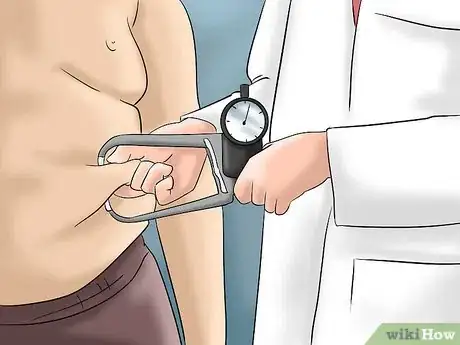

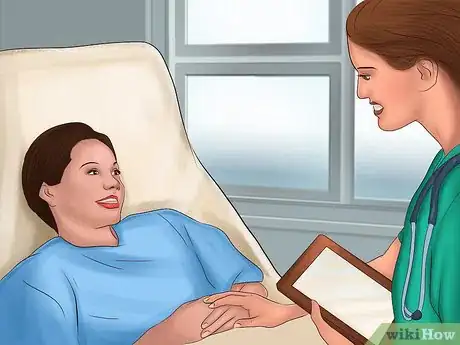
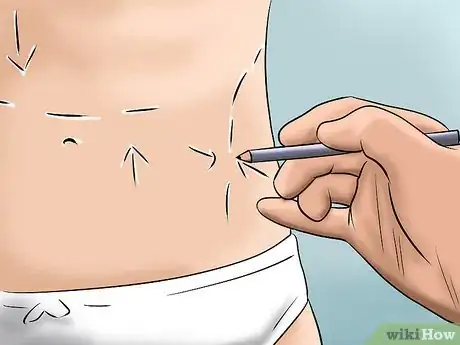
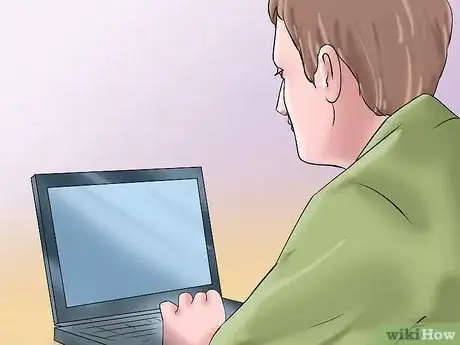
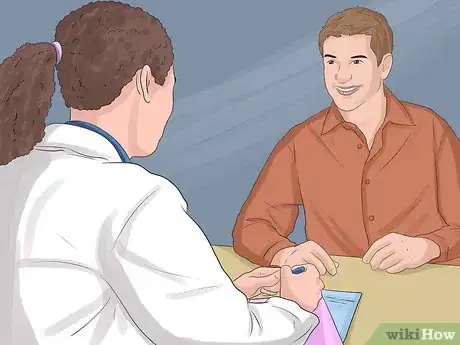
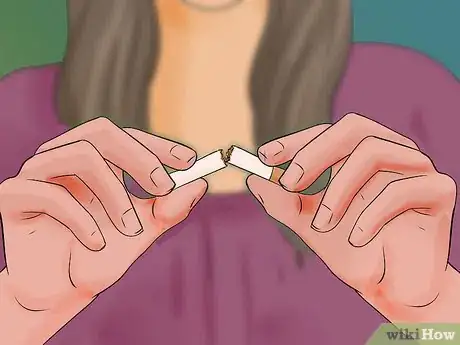
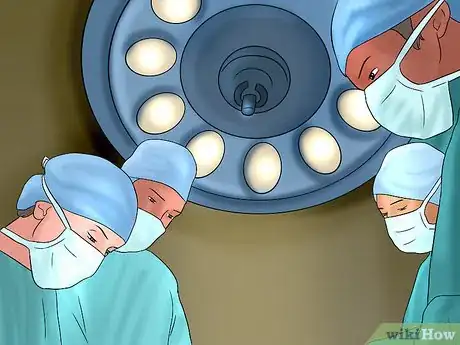

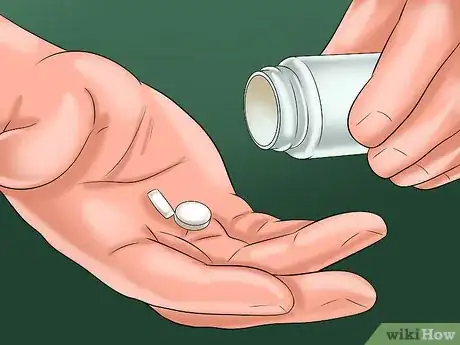

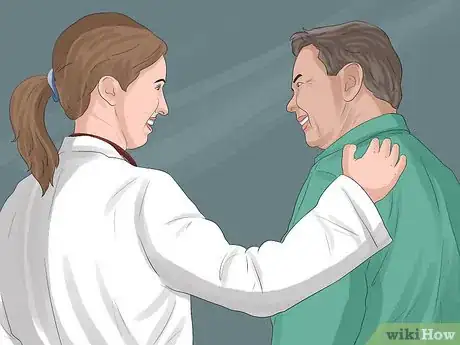

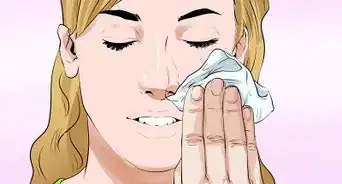

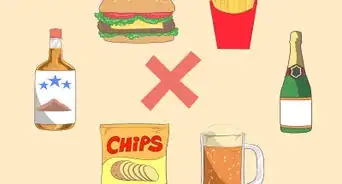









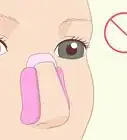
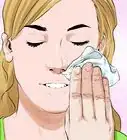

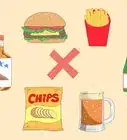




































Medical Disclaimer
The content of this article is not intended to be a substitute for professional medical advice, examination, diagnosis, or treatment. You should always contact your doctor or other qualified healthcare professional before starting, changing, or stopping any kind of health treatment.
Read More...